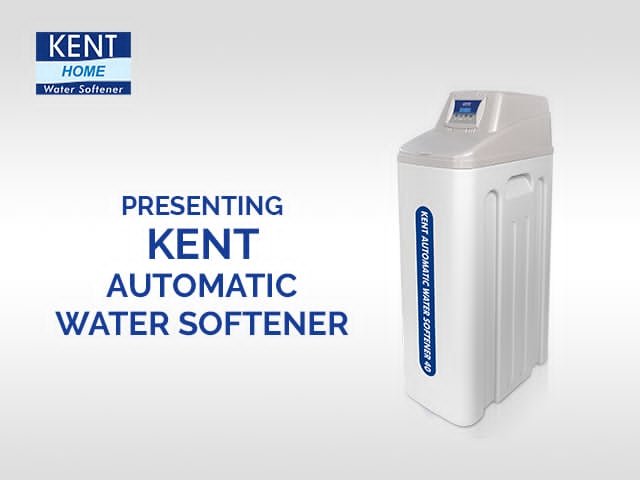Last Updated on 2 months ago by admin
Hard water is a day to day problem for many households and businesses. It leaves behind white marks on taps, dull stains on utensils, and even makes your skin feel rough after a shower. The problem comes from minerals like calcium and magnesium in the water, which gather over time and cause these visible and uncomfortable effects. While not harmful to health, they cause inconvenience and raise maintenance costs for plumbing and appliances. Water softening is a practical way to address these issues.
Understanding Hard Water and Scale
Hard water contains high levels of calcium and magnesium. When heated, these minerals crystallise and stick to surfaces, forming scale. This scale is often visible as a white or grey crust on kettles, geysers, and showerheads. With time, the layer builds up and restricts water flow. Such is the impact of untreated hard water.
How Water Softening Work?
The concept behind the Water Softening process is very simple. Hard water flows through a special resin bed that stops the calcium and magnesium responsible for scale. In return, it releases softer minerals such as sodium or potassium. The result is water that feels gentler on your skin and doesn’t leave streaks on glassware. Over time, the resin fills up with hardness minerals and needs a quick refresh using a salt solution.
Once regenerated, it’s ready to work again. You’ll see the difference in many ways like:
- Soap foams more easily
- Laundry feels softer
- Everyday cleaning takes less effort
Everyday Benefits of Reduced Scale
The advantages of reduced scale provide benefits in many different areas. In households, water heaters and washing machines will last longer because internal components are less likely to be clogged. In industries, boilers and cooling systems maintain efficiency, reducing energy consumption. Think of the warmth of a shower without a weak spray or residue—the comfort is immediate. Clean plumbing also prevents unexpected breakdowns, which lowers repair bills and extends appliance life.
The Role of Water Purification in Quality Improvement
While water softening focuses on removing hardness-causing minerals, water purification tackles impurities such as sediments, chlorine, and microbes. Both processes complement each other. Purified and softened water not only protects appliances but also improves health and hygiene. Drinking water tastes fresher, clothes come out brighter from the wash, and skin feels less dry. This layered approach ensures that water quality meets the diverse needs of both households and industries.
Must Read: Top 5 Water Filters for Removing Contaminants in 2025
Multiple Perspectives on the Benefits
Softened water improves life in many ways. For families, it means less time scrubbing bathroom tiles and shinier utensils after washing. For businesses, it helps keep machines free from scale, which lowers repair costs and improves efficiency. From an environmental perspective, it reduces the need for additional detergents and helps save energy by allowing heaters to work at their best. Seen from every angle, treating water in this way brings benefits that are practical, long-lasting, and sustainable.
Best Practices for Effective Use
To make the most of a softener, it’s helpful to choose one that suits your water supply and daily needs. Looking after it is just as important—topping up salt and scheduling routine servicing will keep it working well. When combined with water softening, Water Purification adds a protection layer, ensuring the water is not only gentle but also clean and safe for daily use. It’s also a good idea to keep an eye on taps and showerheads; early signs of scaling are a simple way to check if the system is doing its job.
Conclusion
Scale deposits are more than cosmetic issues; they affect efficiency, comfort, and long-term costs. Water softening offers a clear solution by reducing mineral buildup and creating water that feels better and works more effectively. Combined with water purification, it delivers clean, gentle water suitable for everyday use. Whether at home or in industry, investing in these processes ensures fewer breakdowns, longer appliance life, and a noticeable improvement in daily life. The difference is not abstract—it is felt in smoother showers, clearer glassware, and efficient heating. That is the real value of proper water treatment.




